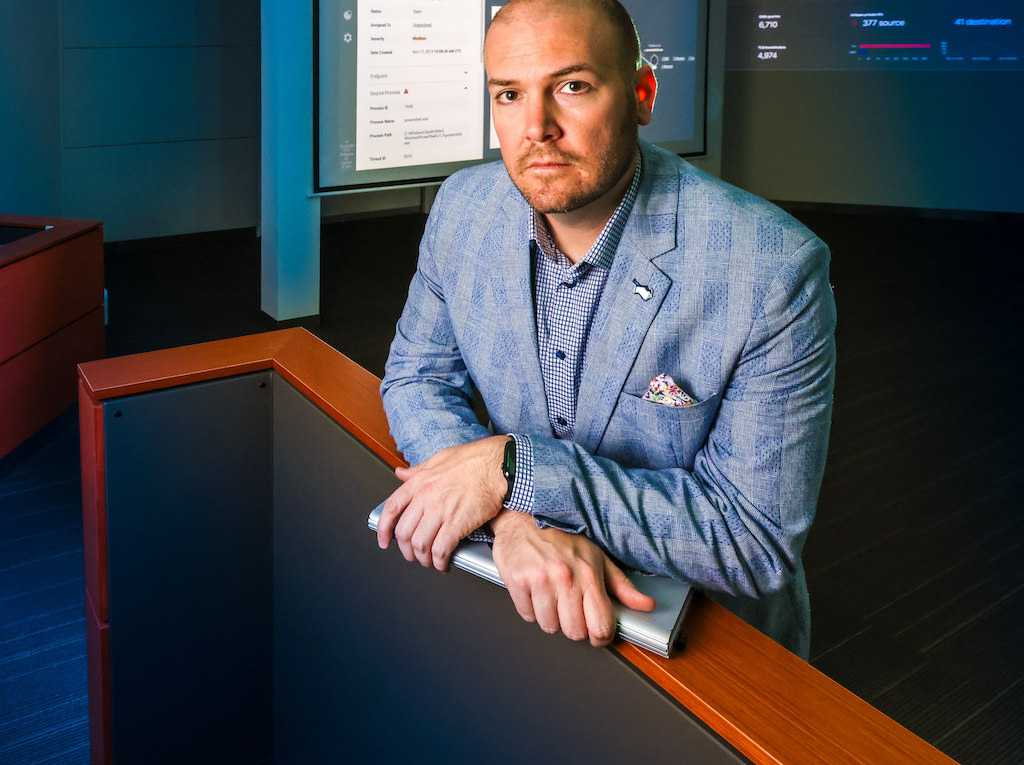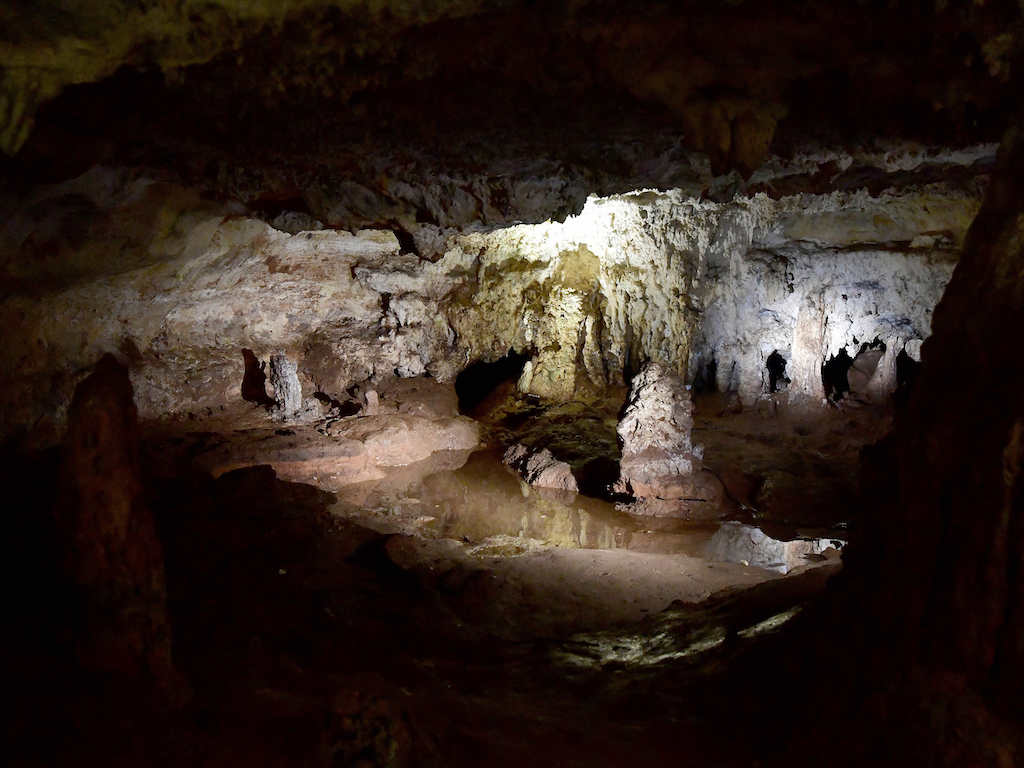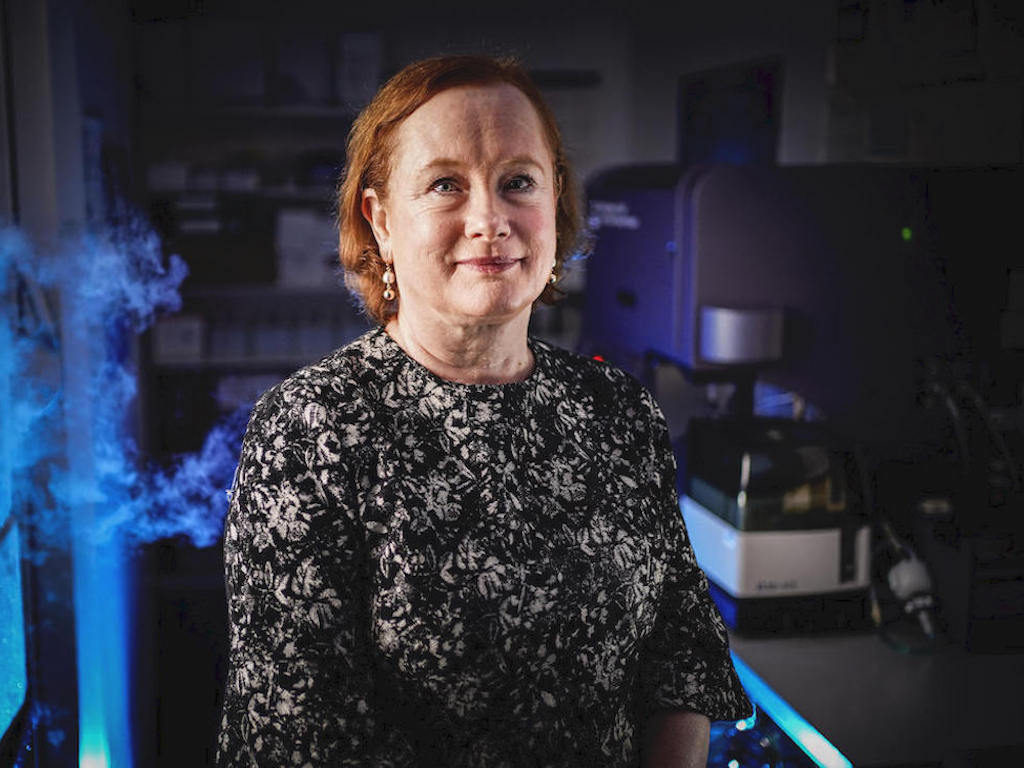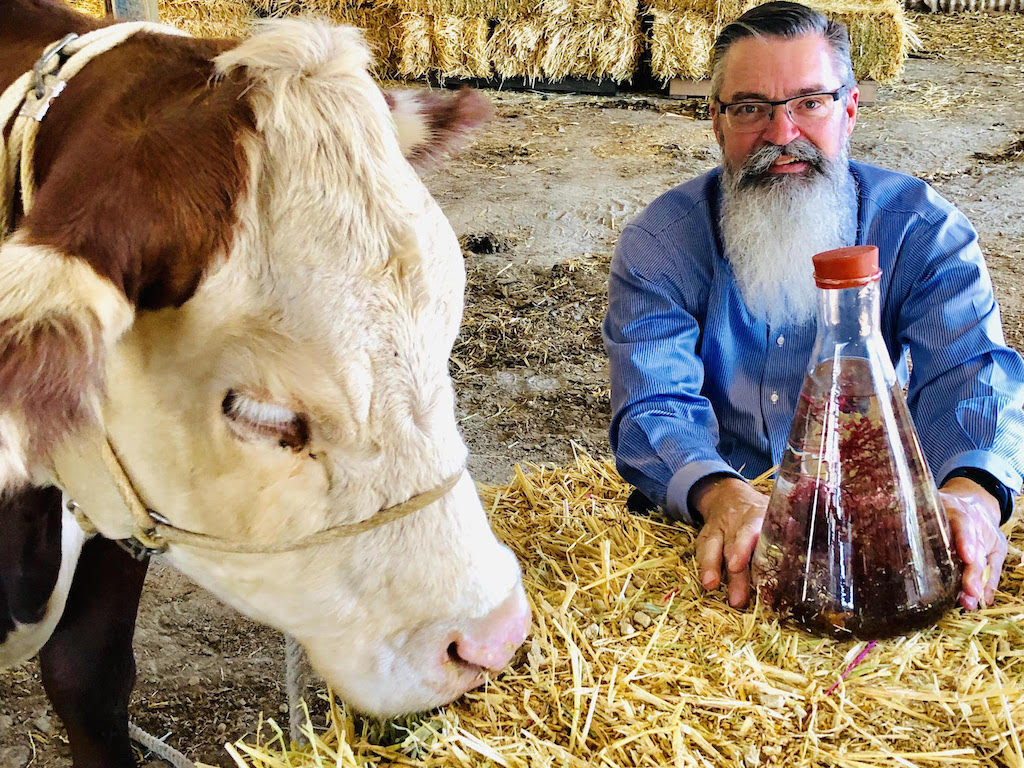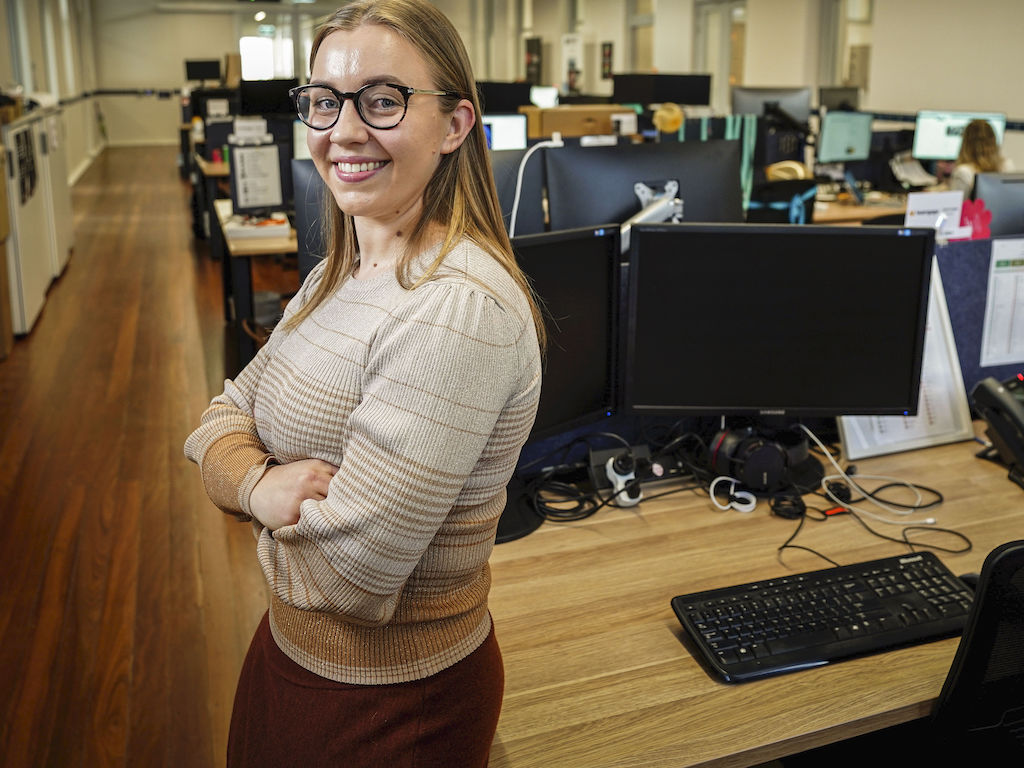DEFENCE FROM THE DESK
Today’s defence industry offers a range of exciting job opportunities, many carried out from CBD offices across Australia
HARNESSING A NEW CAREER VISION
Being based at Adelaide’s Lot Fourteen puts the Australian Institute of Machine Learning in a prime position to dovetail with the innovation hub in exciting new STEM-focused careers
OPENING DOORS TO A BETTER LIFE
With more affordable housing, less commuting and access to hills and beaches, more and more people are calling South Australia home
WALK IN THE FOOTPRINTS OF HISTORY
From bush to beach, South Australia’s unique experiences attract thousands of visitors each year – but there’s more to our top tourist attractions than you might think
BUSINESS
READY, SET, GO FOR BUSINESS
South Australia offers a range of exciting and innovative ready-made investment opportunities for venture capitalists looking to expand their business portfolio
A WHOLE LOT OF TALENT
Some of the brightest minds are collecting at South Australia’s exciting new innovation precinct in the heart of Adelaide's CBD
THE RIGHT SPACE TO GROW
South Australia’s burgeoning space sector is creating job opportunities for today and the tomorrows to come
DEFENCE
DEFENCE FROM THE DESK
Today’s defence industry offers a range of exciting job opportunities, many carried out from CBD offices across Australia
From information warfare to cyber security, science and technology to bushfire prevention, today’s defence jobs aren’t all about pulling on the camouflage or jumping behind the controls of multimillion-dollar aircraft. Indeed, rather than up in the air or under the ocean, much of today’s defence work is actually carried out at CBD offices across the country. In South Australia, Professor Andy Koronios and his team at SmartSat CRC are based at Lot Fourteen where, in partnership with government, local industry and universities, they create innovative new technologies to build on Australia’s burgeoning space industry. The research uses space research and development (R&D) capabilities to develop next-generation telecommunications and Internet of Things (IoT) connectivity, intelligent satellite systems and Earth observation data services.
Some of this technology centres around developing the space industry for both civilian defence and national security, as well as search and rescue. These satellite technologies are also a key component in defending the country’s natural landscape in areas including national water quality management and bushfire emergency response – the latter more critical than ever after the devastating fires that destroyed an estimated 18.6 million hectares across Australia from September 2019 to March this year.
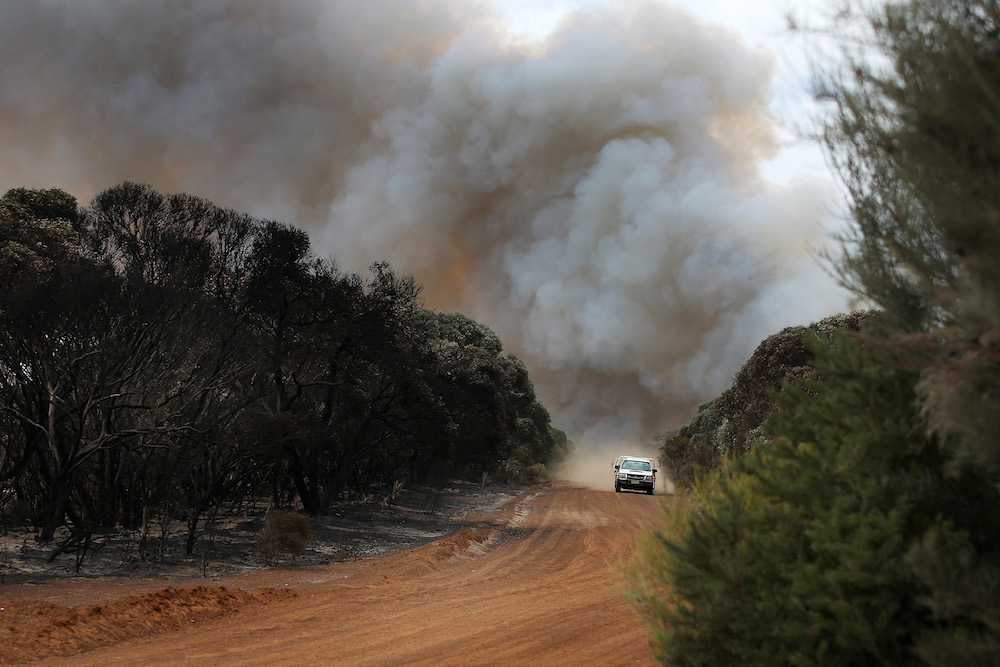
“Most of the fire watching these days is either from fire towers or from people ringing up to report a fire,” Prof Koronios says. “We want to do better than that by having technologies that can detect the smoke or the radiance of the flame from space, so before the fire spreads you are able to automatically send a notification to the right people. They can then respond with a drone for example to confirm, before sending out the fire trucks.”
SmartSat’s answer proposes to use satellite technology combined with IoT smart sensors on the ground to monitor and calculate fuel loads to assess at-risk areas. “Because satellite resolution from space has improved, you’ll be able not only to detect the forest canopy but have the resolution where you can detect individual trees,” Prof Koronios says. “So for bushfires you can actually map the fire fuel load for every part of Australia and combine that with weather and other data. From this, you can with a high degree of accuracy develop models to see where is the fire risk and, if a fire is starting, where the fire front is likely to move.”
Using IoT message-type communication between mobile phones and the satellite, the new technology will provide all-time continuous connectivity, even in areas with no mobile phone tower. “This is the type of technology we’re going to build so that not only can people in isolated communities communicate but, very importantly, you can know where the firefighters and fire trucks are, where the people are who may be affected,” Prof Koronios says. “If you could combine all this information in one system at the emergency command and control centre, then they will be able to direct firefighting crew to where the fire is and protect them from harm’s way; they will also have the information to provide warnings to people in affected areas and guide out of the danger areas.
“Satellite technologies can also assist in the recovery stages after the fire has been extinguished because you need to see which properties have been damaged, what is happening with fire suppressants and cinder going into the water supplies and so on ... by having satellites detect all this from space you’re able to get information in the recovery phases. “Such early detection and effective response to bushfires can lessen the economic impact because the quicker you detect fires, the more you prevent them, the more lives are saved and the less cost to the economy. Bushfires cost the Australian economy billions every year.”
With international interest, Prof Koronios anticipates that such disaster management technology developed here in Australia will not only help by preventing more fires, but our know-how and technologies can be exported worldwide. “We are collaborating with other countries which are also advancing in this area to try to improve the technology that now exists, so we believe that we will have some results within the next couple of years,” he says.

Keeping businesses safe
While the hacking of major global companies Apple, Zoom, Facebook and Google Chrome – not forgetting the June cyber attack on the Australian Government – have made headlines this year, protecting South Australia’s small-to-medium enterprises (SMEs) from cyber security threats is also key to the state’s defence strategy. Matt Fabri, founder and managing director of Adelaide-based start-up OpSys, is one of those tasked with keeping our businesses safe.
In 2017, OpSys partnered with US-based cyber security experts FireEye to leverage its Helix intelligence security platform, providing enterprise-grade security to smaller customers.
“We provide world-class technology to small-to-medium businesses and into Defence,” Fabri says. “We were FireEye’s global first MSSP (managed security service provider). We were able to buy the platform as a stack and then cut it down for our customers so they could afford it – where it would have cost $150,000-$250,000 to build this capability internally, we were able to offer it out at an affordable per-month charge. It made us feel really good we could provide the same technology as used by the top companies in the world into the SME market.”
With 99 per cent of Australian business carried out by the SME community, having access to affordable cyber security has never been more important. “We try to provide a capability to the Defence supply chain that means they can adhere to the cyber security standards without going broke – and not charging the taxpayer $1 billion to build a defence capability that should only cost $200 million,” Fabri says.
The demand for cyber security has helped OpSys grow from six people in a small office to a multi-disciplinary team of around 20 people including data scientists, data analysts, developers, coders, IT, programmers and security analysts now working in one of the biggest cyber security rooms in the country. “Because we’re working with the defence industry, we are very well known and still growing, and are looking to bring on more staff” Fabri says.
“We have just finished the build and migration of our own capability from FireEye to Elastic, which is great because it has given us more capability to expand upon.” As a self-confessed staunch South Australian, Fabri takes pride in the innovation, technology and collaboration that are driving his home state’s success. “The Adelaide market is fantastic because it’s small so you need to hold a lot of integrity,” he says. “We have entrepreneurs in South Australia who know we’re smart enough to do it and are all banding together. We know we can match anyone, can bring technology to the market and can bring venture capitalists to the state.
“Premier Steven Marshall has done a fantastic job of bringing cyber into the South Australian community and highlighting how important an issue it is. It’s been cool to get the government support for the industry and the shot across the bow to Australian businesses to say, ‘This is something you need to pay attention to’.”
DEFENCE
THE NEW BASE FOR DEFENCE
A $500 million investment into RAAF’s Edinburgh base is bringing the latest technology and brightest minds to South Australia
There’s a buzz in the air at the RAAF Base Edinburgh in Adelaide’s northern suburbs – and it isn’t all about the aircraft.
The base is currently undergoing its most significant change since being formed in the 1950s, with another $500 million investment in infrastructure and technology to accommodate the 6000 Defence personnel and civilian contractors who work at the base and adjoining Defence Science and Technology Group hub, the largest Defence R&D organisation in Australia. And while much of that infrastructure revolves around the 12 Poseidon maritime surveillance aircraft currently winging their way to Edinburgh, the redevelopment is also bringing new aircraft, Australian Army units and logistics and engineering jobs on site.
“It’s a really exciting time for the rebirth of the base,” says Reg Carruthers, executive director defence and space, Defence SA. “There’s lots of work in cyber, systems engineering, mission analysists ... there will be at least 400 more people at Edinburgh over the next five-to-seven years supporting all of these new capabilities that are flying around.”
The new capabilities include three major projects:
- AIR 555 Peregrine program: an electronic warfare-type aircraft based on a Gulfstream jet, due to be operating from Edinburgh within the next three years and requiring hangar space and additional infrastructure.
- AIR 7000 Triton program: an unmanned aircraft that will fly out of Northern Australia with the pilot and operators based at Edinburgh. “This is the big game-changer for what’s going to happen at Edinburgh,” Carruthers says.
- AIR 7003: still in final stages of government decision, this project will see Sky Guardian armed drones fly out of Northern Australia and Adelaide with crews, mission analysts and data based at the information hub at Edinburgh.
And this doesn’t include the upgrades to the Woomera Range Complex and town, works at Cultana and upgrades to the Jindalee Over the Horizon Radar Network.
“Up to $500 million worth of infrastructure is set to go into the base just to support those platforms as they come in over the next few years,” Carruthers says. “It’s basically double the current infrastructure.”
The new hub places Edinburgh at the centre of Australia’s military intelligence, surveillance, reconnaissance and electronic warfare, with operators – uniformed, public servants and potentially contractors – working in a highly secure environment analysing, collecting and disseminating information on a real-time basis. “So Defence personnel can be deployed in, say, Northern Australia, but the information they are using could be coming from an asset flying somewhere else that is sending the information back to Edinburgh, where it is analysed and re-sent to the soldier in the field,” Carruthers says. “That’s where Edinburgh is going to be so critical to Defence.”
The significant investment in the Edinburgh base is also an investment in South Australia’s future, promising exciting career opportunities both today and for years to come. “It’s not only for the young men and women going through school and university now – it will definitely be an attractor for future generations,” Carruthers says. “The base is a very large employer of people in high-skilled, well-paid jobs; once the infrastructure is built, there will also be direct benefits to the local communities and the state.
“When we think about Defence we think about ships and submarines, but Edinburgh is the unsung hero of South Australia.”
